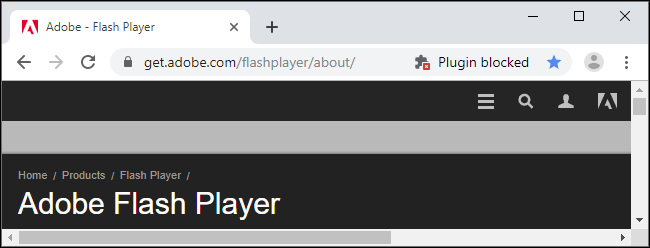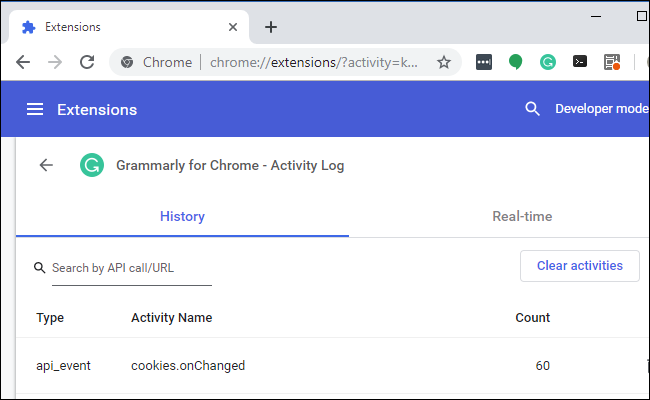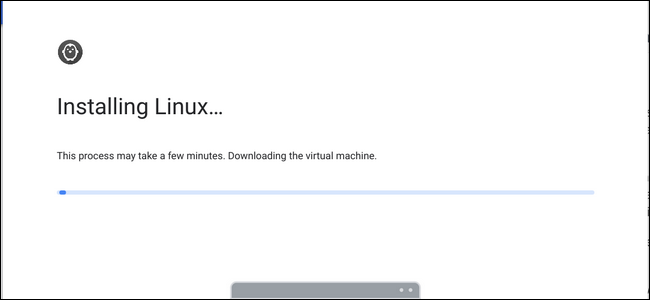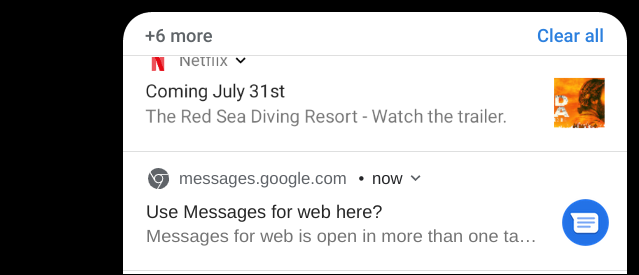Quick Links
Chrome 76 hits the stable channel today, July 30. This latest release brings some serious changes to the web. Flash is now disabled by default, and websites won't be able to detect whether you're using incognito mode.As usual, Google Chrome will install this update automatically. You can perform an immediate update by clicking menu > Help > About Google Chrome. Chrome will check for any available updates and install them.
Flash Is Disabled by Default
Google Chrome now blocks Adobe Flash by default on all websites. You can re-enable Flash, but you can only use Flash in click-to-play mode. You'll also see a warning that Chrome won't support the Flash Player after December 2020.
Adobe will also stop supporting Flash starting in 2021, so it's a sensible move for Google. Until then, you can still use Flash---but Google is making it extra annoying to encourage websites to upgrade and move away from Flash.
Websites Can't Detect Incognito Mode
Sites could detect you're in incognito mode by making a FIleSystem API request, which is disabled in incognito mode. Some websites use this trick to block visitors who are in incognito mode, as incognito mode is a common way of bypassing paywalls on the web. But Google is closing this loophole.
For example, some news sites like The New York Times limit the number of articles you read and block you from reading in incognito mode to prevent you from getting around that. Websites will no longer be able to detect and block incognito mode specifically.
Google says it's fine with websites offering a limited number of articles, but recommends they require readers to log in. Blocking incognito mode is off the table, and Google won't let it happen.
Some researchers have already found a way around the block, so the game of cat and mouse is well underway. But Google will keep on stamping out loopholes.
Automatic Dark Mode is Coming to Websites
Starting with Chrome 76, websites can detect whether you've chosen dark mode on your operating system. If you've enabled dark mode, the site can automatically enable a dark mode theme for you. Web developers can take advantage of this with the "prefers-color-scheme" media query in CSS.
Websites will have to enable this feature, but many sites that have offered dark themes---including YouTube and Twitter---could plug into this feature and automatically enable them for you rather than requiring you hit a switch.
Websites Can't Hijack Your Escape Key
Let's face it; you've never had a reason to use the Escape Key while interacting with a website. And realistically you never will. If anything, you may use the Escape Key to stop a site loading. The Escape key will also let you close full-screen videos and dialog boxes.
Unfortunately, some malicious websites hijacked the Escape key to force popups in Chrome, preventing it from working in the normal way. That won't work anymore. The Escape button belongs to the browser.
Chrome Will Let You Spy on Your Extensions
Google is cracking down on browser extensions and requiring them to request only as much data as they need to function. Some extensions track your browsing habits without adequately warning you. Thanks to a new logging page, you'll be able to see what an extension is doing on your system. Knowledge is power.
For now, this feature is hidden behind a command-line switch. Once enabled the
--enable-extension-activity-logging
 flag, you can select any extension on the Extensions settings page, click on details and then View Activity log to see what an extension is doing.
Progressive Web Apps Are Easier to Install
Progressive Web Apps (PWAs) are essentially websites turned into a local app for you to use. If a site supports PWAs, they may be able to bypass creating a dedicated mobile app, saving on time and effort for development.
Until now, installing a PWA has been too difficult. Starting in Chrome 76, if a site supports PWAs, you'll see an install button at the right side of the Omnibox.
Chromebooks Get GPU Acceleration for Linux Apps
A little under a year ago, Google brought Linux apps to Chromebooks. Those Linux applications didn't have access to GPU acceleration, which meant graphically intensive apps like games didn't run smoothly. Now Chrome 76 aims to solve that with GPU acceleration.
This could mean Steam for Linux would perform well on an Intel Chromebook, unlocking a whole world of PC games.
Notifications Are Easier to Clear on Chrome OS
If you hate clearing notifications in Chrome OS, you aren't alone. The more notifications you have, the harder it is to get to the Clear All button, which Google tucked at the bottom of the list.
The latest update solves that in the best way possible, moving the Clear All button to the top. No more scrolling forever; just click and move on.
As usual, Chrome 76 also has a lot of changes for web developers, including improvements to the Web Payments API. Some web features have been removed or deprecated, and the developer tools have some new functionality.






